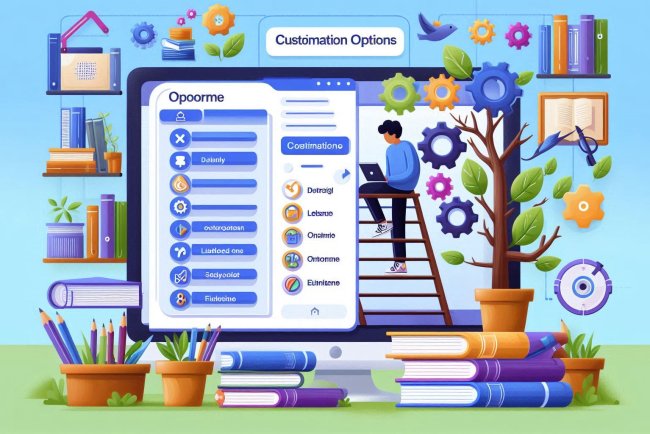Apache Kafka
Apache Kafka is a high-performance distributed event streaming platform for building real-time data pipelines and streaming applications.

Apache Kafka
Apache Kafka is an open-source distributed event streaming platform used for building real-time data pipelines and streaming applications. It was originally developed by LinkedIn and later open-sourced as an Apache project in 2011. Kafka is designed to be a highly scalable, fault-tolerant, and fast messaging system that can handle large volumes of data efficiently.
Key Concepts:
Topics: In Kafka, messages are organized into topics. A topic is a category or feed name to which messages are published by producers. Each topic can have multiple partitions for scalability and parallel processing.
Partitions: Topics are divided into partitions, which are ordered, immutable sequences of messages. Partitions allow for parallel processing and scalability by distributing the data across multiple brokers in a Kafka cluster.
Producers: Producers are applications that publish messages to Kafka topics. They are responsible for producing data and sending it to Kafka brokers for storage. Producers can specify the topic to which they want to publish messages.
Brokers: Kafka brokers are servers that store and manage the partitions of the topics. They are responsible for handling incoming messages from producers, storing the messages on disk, and serving them to consumers. A Kafka cluster typically consists of multiple brokers for fault tolerance and scalability.
Consumers: Consumers are applications that subscribe to topics and read messages from Kafka brokers. They can read messages from one or more partitions of a topic and process them as needed. Consumers can be part of a consumer group for parallel processing and load balancing.
Use Cases:
Real-time Data Processing: Kafka is commonly used for real-time data processing and analytics. It allows organizations to ingest, process, and analyze large volumes of data in real-time, enabling faster decision-making and insights generation.
Log Aggregation: Kafka can be used for collecting and aggregating log data from various sources such as servers, applications, and devices. It provides a centralized platform for storing and analyzing logs in a scalable and fault-tolerant manner.
Event Sourcing: Kafka is often used in event sourcing architectures, where events are stored as a source of truth for the system state. By storing all changes as events in Kafka topics, applications can reconstruct the state of the system at any point in time.
Stream Processing: Kafka Streams, a lightweight stream processing library built on top of Kafka, allows developers to build real-time stream processing applications. It provides a high-level API for processing and transforming data streams in Kafka topics.
Architecture:
The architecture of Apache Kafka is based on a distributed, fault-tolerant, and scalable design. A Kafka cluster typically consists of multiple brokers, each managing one or more partitions of topics. Producers publish messages to topics, which are then stored in the partitions by brokers. Consumers read messages from partitions and process them as needed.
ZooKeeper: Kafka uses Apache ZooKeeper for managing the cluster metadata, leader election, and coordination tasks. ZooKeeper helps in maintaining the overall health and coordination of the Kafka cluster by storing configuration information and tracking the status of brokers and partitions.
Topics and Partitions: Topics in Kafka are divided into partitions for scalability and parallel processing. Each partition is replicated across multiple brokers for fault tolerance. Producers can publish messages to specific partitions, and consumers can read messages from one or more partitions of a topic.
Replication: Kafka uses replication to ensure fault tolerance and data durability. Each partition has one leader and multiple followers, with the leader handling all read and write requests. If a leader fails, one of the followers is elected as the new leader to ensure continuous operation.
Consumer Groups: Consumers in Kafka can be organized into consumer groups for parallel processing and load balancing. Each consumer group can have multiple consumers, with each consumer reading from a subset of partitions within a topic. This allows for high throughput and efficient data processing.
What's Your Reaction?

















